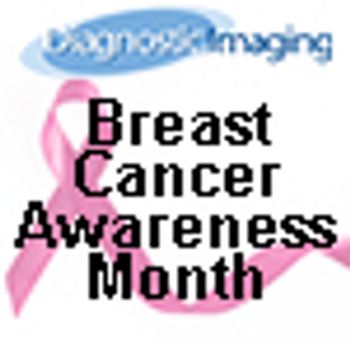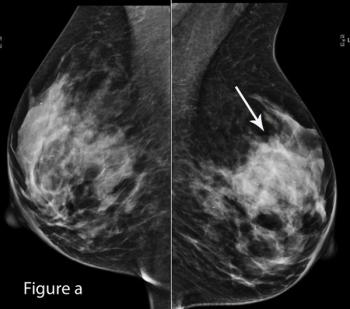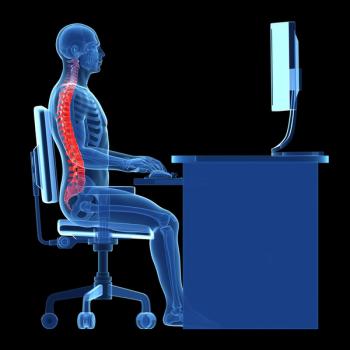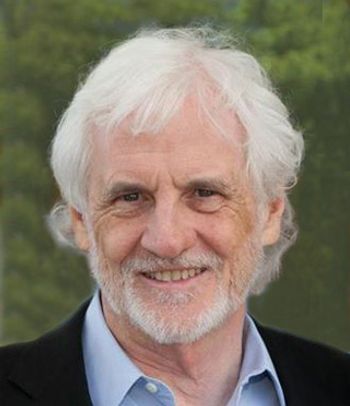
Biennial screening of women with dense breast tissue using both mammography and tomosynthesis is cost-effective.

Biennial screening of women with dense breast tissue using both mammography and tomosynthesis is cost-effective.

Survivors who received radiation to the chest were more likely to develop breast cancer.

50-year-old patient presented for screening mammogram. Extremely dense breast tissue was noted.

Kubtec’s newly approved breast specimen radiography system is the first and only system with tomosynthesis technology, Kubtec announced.

Using PET/CT in women under 40 who have breast cancer may result in restaging of the cancer and adjustment of treatment.

Breast density can be measured using fully automated volumetric methods, which are less labor intensive than the commonly used methods.

Where did tomosynthesis come from and where is it going? Here, a tomosynthesis pioneer discusses its evolution.

Breast-imaging radiologists are at a higher risk for developing repetitive stress injuries, particularly after implementation of PACS.

Access to imaging, particularly MRI and some forms of CT, vary considerably across the United States.

Based on a true story: the radiologists never saw it coming.

An argument that Moore’s law is at work in medical imaging.

The reason for performing a breast MRI should be taken into consideration when assessing performance measures.

GE’s SenoClaire breast tomosynthesis solution will join Hologic, the only other vendor with FDA approval for 3D mammography.

Mammograms of dense breast tissue are read in a different way than mammograms of less dense breast tissue.

Magnetic resonance imaging detected additional cancers among women who underwent breast conservation therapy following early diagnosis of breast cancer.

There is a need for radiologists to educate the public about why mammography isn’t always a lifesaver, according to experts at AHRA.

Mammography detects early cancers in older women and provides better disease-specific survival than cancers discovered by the patient or physician.

Long-time proponent of ultrasound for breast screening, Kevin M. Kelly, MD, discusses what radiologists need to know.

The type of imaging processing used in digital mammography has an impact on detection of calcification clusters.

Federal standard would require women be informed if they have dense breast tissue as indicated on mammogram.

Magnetic resonance images reveal characteristics of breast cancer can differ depending on age.

Analyzing whether rising costs of early breast cancer screening, like mammography, lead to better detection rates.

For the most part, women who undergo image-guided core-needle breast biopsies experience minimal pain.

Tomosynthesis provides better visualization of architectural distortion than mammography.
